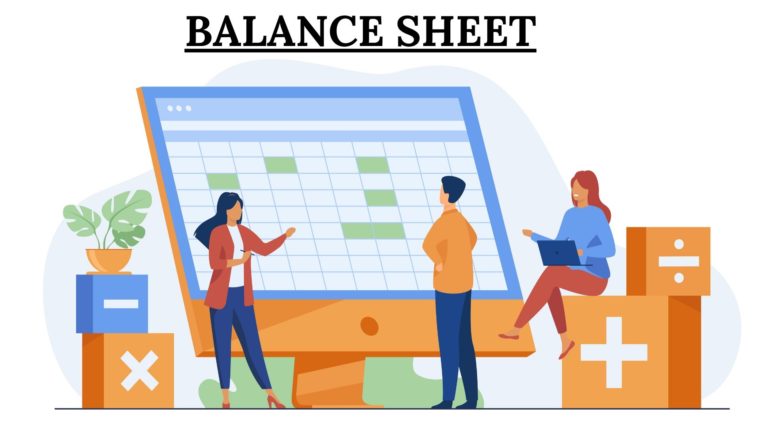Release hidden cash from your balance sheet
Woodridgeandscott2021-11-16T11:56:30+01:00Company’s income statement is typically the first stop for management teams seeking ways to reduce debt-to-equity ratios, improve profitability, and increase resilience. That’s for good reason: Creating long-term value requires sustainable growth, as well
as changes to margins and cost structure. Yet few companies give much thought to the assets and liabilities on a balance sheet that can unlock lucrative opportunities. Here are six proven strategies to consider

Analyze receivable and payable
Many companies treat working capital simply as the cost of doing business. In our experience, few consider the negative impact of extended customer terms, tight payment cycles, and high inventory levels on true economic value. That’s why a thorough analysis of previous years transactions usually reveals process gaps, unfavorable and unnecessary terms with customers and vendors, and other near-term opportunities to improve working capital.
By closing gaps caused by slow invoicing, weak collections policies, early payments to vendors, inefficient payment processes, and out-of-market terms, a company can typically reduce its cash-conversion cycle, freeing up cash to make investments, reduce debt, pay dividends, and fund mergers and acquisitions.


Re-imagine or divest under-performing long-term assets
Sizable opportunities to release cash may also exist further down the asset list. An analytical look at the returns generated by investments in property, plants, and equipment among other long-term assets can single out stranded or non-core assets that detract from performance. Those assets can then be sold or repurposed, improving results by freeing up cash through the deployment of assets to higher-value activities and delaying planned capital expenditures.
Recover trapped cash and accelerate returns from partnerships Regularly reviewing cash balances, requirements, and transfers may free trapped cash and put it to productive uses, such as capital expenditure. Companies that participate in joint ventures (JVs) or other partnerships deliver cash dividends, but those dividends might not be sent in a timely manner. This is effectively the same as trapped cash: it is cash that belongs to the company but is not truly
available. As part of a thorough review of its balance sheet, a global engineering and construction company identified a number of JVs that owed cash payments. Following the review, the company was able to capture the cash it was owed and also establish a regular cycle for collecting cash more quickly in the future.
Manage credit support strategically
Many businesses require credit support on a regular basis for a wide range of commercial and regulatory purposes. However, while these tools often soak up precious liquidity, many companies pay little attention to them. A high-performing treasury function, often in conjunction with the legal function, can improve a company’s liquidity position by providing strategic insights into credit support in multiple dimensions. First, the company should review all credit-support requirements on a regular basis (at least quarterly) to determine if existing credit support is still required. For instance, if a project requiring cash collateral is now complete, the cash collateral should be returned. Second, for the credit support that is required, the company should identify the most capital-efficient way to provide it. For some, this can mean replacing cash collateral with a letter of credit that does not affect revolver availability; for others, it can mean replacing a letter of credit with a surety bond that does not require further collateral.
Identify alternatives for funding of pension obligations
Many mature companies have significant pension and employee-benefit obligations. Those with future defined-benefit obligations face uncertainty regarding the amount and timing of those obligations. These companies have a range of alternatives to the status quo, including liability-driven investing; modifying existing defined-benefit plans; freezing the defined-benefit plan and converting it to a defined-contribution plan; adopting a cash balance plan; or combining several of these options. Of course, these are major decisions that affect a range of stakeholders not the least of which are employees and retirees. But companies have been successful in executing such transitions. These opportunities are proven strategies to release cash from the balance sheet in the right situations. If they’re not sustained, however, companies can find themselves in the same position they were in before they released cash. In our experience, a robust capability-building program, in tandem with the cash-release execution, is critical to sustaining impact. Furthermore, this involves building the capabilities not just of the finance and treasury functions but also across the business so that the entire organization considers the balance sheet on a daily basis.


Leave a Reply